Making the switch to a vegan diet can be a highly beneficial lifestyle choice for you and your family members. In fact, the dietetics at the American Dietetic Association state that vegetarian and vegan children may take in smaller amounts of saturated fats and cholesterol than their omnivorous counterparts. A vegetarian diet can be an excellent source of fiber and a great way to encourage young children to eat enough fruits and vegetables.
Growing infants and toddlers need a significant amount of nutrients for healthy growth and brain development. To provide your vegan babies with a wholesome diet, there are a few vital elements of nutrition to keep an eye on. Parenting can be overwhelming and green parenting can be an even tougher endeavor! There are five common mistakes you can avoid to ensure your child’s diet allows them to reap all the benefits of a vegan diet with none of the downsides.
Never underestimate iron.
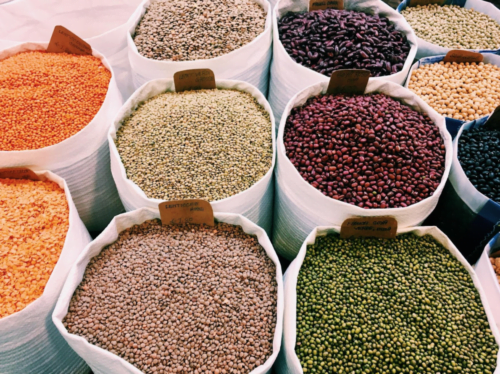
No, this isn’t a catchphrase from Robert Downey Jr. (although if you ask, Iron Man would agree on the importance of iron intake.) Iron is the number one most common nutritional deficiency that young vegetarians and vegans experience, according to a 2010 study published in Pediatrics Child Health.
Although you may have researched iron-rich plant foods, you may not realize the difference between the iron found in animal products and the iron found in plants. This discrepancy is because iron-rich plants, like leafy green vegetables, contain a different type of iron that is more difficult for the body to absorb.
This type of iron is called “non-heme iron,” while the iron found in animal products is called “heme iron.” Since non-heme iron is much more difficult for the body to absorb, the recommended daily intake for those following a vegetarian or vegan diet, including vegan children, is 1.8 times higher than the recommended intake for meat-eaters. It is always a great idea to consult with a dietitian or pediatrician if you have specific concerns about your child’s diet. However, there are a variety of foods that, in conjunction, can improve each other’s nutritional values and help you avoid nutrient deficiencies.
Boost your body’s ability to absorb non-heme iron.
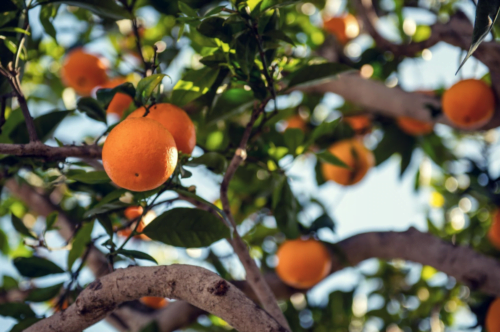
It can be challenging to ensure your vegan child obtains the necessary nutrients when the nature of their body doesn’t fully cooperate! Iron is a key nutrient to your child’s diet, it provides them with enough energy to get healthy exercise, and helps move oxygen from their lungs to the rest of their body.
It’s essential to let vegan children’s pediatricians know about their diet the same way you inform them of allergies so they can be evaluated accordingly. Nutrient deficiencies could interfere with their physical and cognitive development, so work together with your pediatrician to provide your vegan child with everything they need. You can implement a few simple strategies into your green parenting routine to help facilitate healthy iron absorption.
Turn your attention to vitamin C-rich foods. These foods act as a natural conductor for iron into the body. When coupled with vitamin C-rich food items like chili peppers, guavas, sweet yellow peppers, and thyme, your child’s iron intake could increase by up to 300%. A few other notable sources of vitamin C include parsley, kale, kiwis, broccoli, brussels sprouts, lemons, papayas, strawberries, avocado, and most famously, orange juice. Additionally, the intake of these foods has many health benefits aside from increasing iron intake.
Don’t forget that preparation matters.
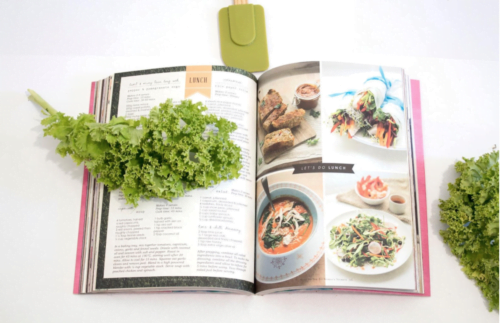
Vitamin C is crucial to the support of your immune system and heart health. Vitamin C-rich foods also play a significant role in the health of your blood vessels and connective tissues. To maximize the vitamin C your child obtains from each of these fruits and vegetables, it can be helpful to look into whichever ingredients you are cooking with for the evening. For example, kale has more nutritional value in its raw form, so consider adding it to a salad rather than a hot grains bowl.
A balanced diet takes more effort from vegans than what is required of omnivores. Still, the idea that animal sources are the only way to provide a young child with the necessary nutrients for healthy growth and development is a myth. Being mindful of the way your foods are prepared can help you squeeze every nutrient possible out of your child’s vegan diet.
Know which key nutrients are difficult to absorb in plant form.
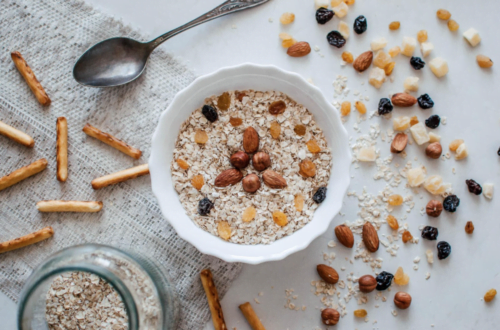
Zinc is a micronutrient that your vegan baby cannot live without. The National Institutes of Health warn that zinc is another nutritional factor to watch out for when sourcing it solely from veggies. Animal foods contain zinc that is much easier for the body to process, similar to iron. Zinc plays such a vital role in your child’s diet because it contributes to cell growth, differentiation, and metabolism.
A deficiency in this vitamin is dangerous because it restricts growth and decreases your child’s resistance to infections. Aside from being crucial to brain development, this key nutrient also supports the development of reproductive organs. While omnivores have the advantage, vegan caregivers can work their way around these obstacles. So how can you ensure that your vegan children are absorbing this vital nutrient?
A great way to optimize the absorption of zinc is by soaking your beans, grains, and seeds in water for several hours before cooking. After soaking these food items, allow them to sit out until sprouts form. Grain foods like bread and crackers can also help improve the body’s absorption rate. Additional sources of these valuable grains include pasta, lentils, pastries, and breadcrumbs. These items should be reasonably easy to incorporate into your child’s diet (especially the pasta and pastries) even if they are a bit of a picky eater.
To increase your vegan child’s intake of whole grains, look for enriched whole-grain cereals at the supermarket. Adding sweet fruits like strawberries or adding a side of vegan yogurt to their grain-hearty breakfast is a great way to spice it up while sneaking in some extra vitamins and calcium. This way, your whole family can enjoy both the taste and nutritional value of these new foods.
Try not to focus too much on protein content.
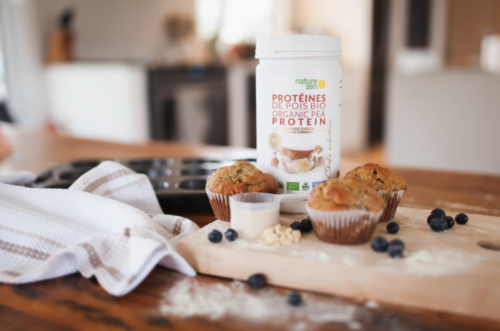
According to Dr. Jatinder Bhatia, chairman of the American Academy of Pediatrics, vegetarians and vegans must adhere to a balanced diet by replacing whatever they choose to omit. For example, when omitting meat from tacos, consider replacing them with black bean patties, chickpeas, or firm tofu.
Each of these veggie-based meat alternatives provides a healthy amount of protein without compromising the meal’s flavor. Soy products are an excellent source of protein which is imperative to your child’s diet. Suppose you are vegetarian but still choose to consume dairy. In that case, low-fat dairy products like 2% cow’s milk can be a great protein booster, with the added perk of calcium and vitamin D!
How can I avoid overcompensation for animal products?
The main thing to watch out for when cooking balanced meals with meat alternatives is high saturated fat or caloric content. According to dietitians, in moderation, these elements are not harmful. Some fats are even considered to be healthy, like those found in olive oil. However, some child-rearing vegans tend to overcompensate because they are worried that their child isn’t consuming enough protein.
A general rule of thumb for parents concerned with nutrient deficiencies is to use meat alternatives as a replacement, not a staple. If the meal would not typically contain meat, there is no need to force it in! There are plenty of veggie-focused and wholesome meals, so try not to stick alternate sources of protein in where they do not necessarily belong.
Don’t shy away from dietary supplements.
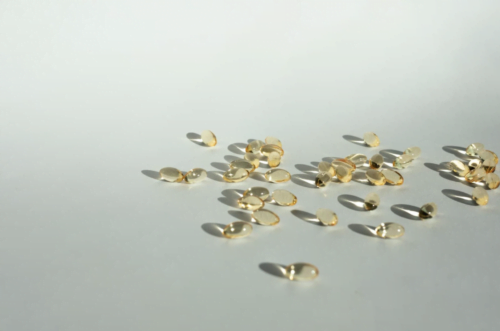
Sometimes, vegan parents prefer to source their child’s nutrition solely from their diet. As mentioned above, some plant sources make it more difficult for your body to absorb the necessary nutrients from your vegetarian diet. While meal planning can give you a boost, it can be exhausting to remain so vigilant about your vegan children’s diet, especially for those with fussy eaters in the family.
Daily additions like vitamin D supplements can be highly beneficial, especially for vegan families living in climates with less sunshine. For those concerned about vitamin D intake, mushrooms are a fantastic source of vitamin D that can be added to a plethora of dishes. Conversely, Vitamin D supplements for kids range from lollipops to milkshakes, so don’t worry if your picky eater is rejecting vitamin D’s alternative forms of consumption.
Making good choices for a vegetarian diet when it comes to supplements can be tricky. Not every brand is FDA certified, and it may be hard to tell which sources are the most reputable. First, try searching for supplements that are cruelty-free and focus on sustainability. Many kid’s vitamins come in the form of gelatin, which is made from animal bones.
However, there are some vegan gummy vitamins that your child can enjoy, like The Honest Co’s gummy multivitamin. Vegetarians and vegans can enjoy this particular brand because it is made without gelatin, gluten, dairy products, or soy. Then, present your vegan supplement options to your pediatrician to ensure maximum safety and efficacy.
Let fortified foods do the heavy lifting where natural sources fall short.
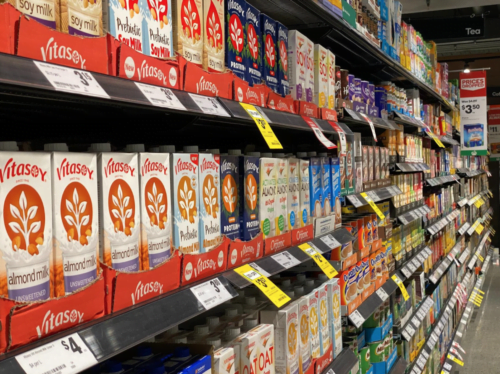
Vitamin B12 is another key nutrient that can be challenging to source from plant foods alone. B12 supplements are always a viable option, along with foods that are fortified with B12. More foods are fortified with this key nutrient than you might think—for example, some plant yogurt, soy products, and cereal. Typically, you can tell if a food is fortified with vitamin B12 or not because it will be visible on the packaging. If you are concerned about your vegan children’s B12 intake, consider adding some nutritional yeast to your diet. Nutritional yeast is a highly versatile source of this vitamin because it can be used as a topping and has a cheesy flavor.
You can boost B12 content by simply sprinkling nutritional yeast over top of kid-approved favorites like pizza, pasta, tacos, and mac and cheese. Suppose you have already begun to implement fortified breakfast cereal into your child’s vegan diet routine for the zinc content. In that case, you will be pleased to know that fortified cereal is also an outstanding source of vitamin B12. Swap your oat milk for rice milk or soy milk to give your dishes the ultimate B12 boost.
Green parenting can get tricky, but providing your children with important nutrients is always worth it. Whether you have a vegan infant or are working veganism into your adolescent’s routine, maximizing nutrition without sacrificing taste is possible. A vegan diet is easy to accept for a child who has been vegan since breast milk or baby formulas. If these additions are new foods for your children or adolescents, however, you may be wondering how to introduce them. Small changes like swapping your chicken tacos for tofu or seitan tacos can show your children that they can still enjoy all their favorite foods while maintaining a vegan diet.











